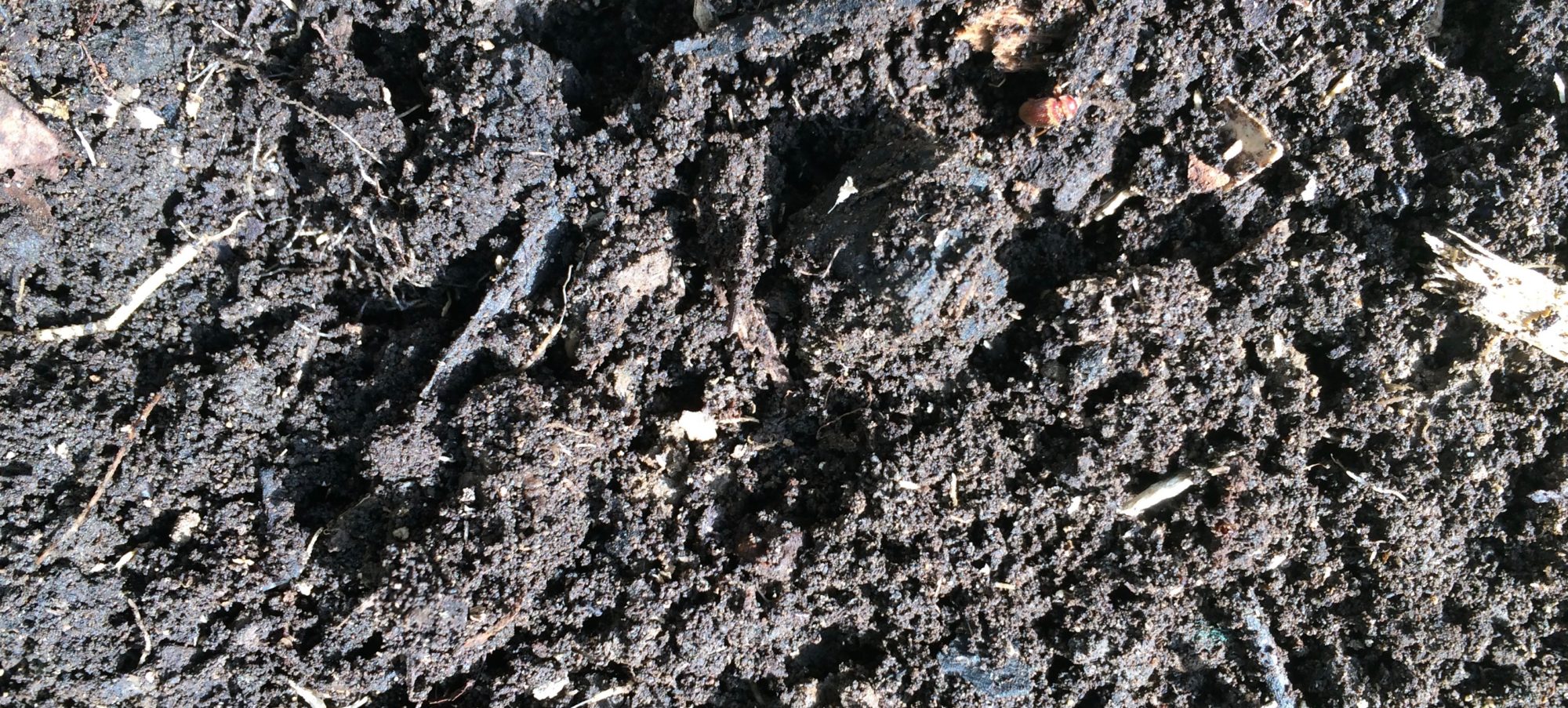
The Holy Church of Dirt celebrates the circle of life. It is about beginning, re-beginning, recycling, re-shaping, and evolving, so we could start anywhere. So, we are here now. We have no time to waste. Let us get to work turning the current course toward the extinction of humans on our planet toward our natural love of life. A livetime of work awaits everyone in a worldwide mission to rebuild soil. So let us begin.
Many hopeful examples demonstrate how we can rehabilitate degraded eco-systems. With good design, we can turn them into lush life-generating ecosystems. (See Green Gold, Greening the desert, and we can have fun doing it. It is empowering to make a difference. It’s enlightening to know and to grow. Deep listening to inspiration in co-creation with nature is magical.
Learning from stones to hear
Although people describe someone as “stone deaf”, stones taught me about deep listening. With zero experience, I decided to build a staircase of stones in a yard rich in stones deposited from a melt at the end of the last ice age. With sand and mortar, trial and error, I discovered that if I asked from my heart which stone wanted to be next, one would stand out, and inevitably fit perfectly into the space that I was filling. I believe that rough stone staircase gave that home character that became a key selling point of that house. It wasn’t up to code, but it felt good.

Sensitive instruments monitoring plant activity have proven that plants communicate. (See the Secret Life of Plants)
Given that plants have been evolving eons longer than humans, we shouldn’t be surprised. We can learn from plants how to evolve and thrive. When you ask a plant from your heart what it needs, know that it knows your thoughts and is hoping that you will get beyond wondering if you are crazy, to hear the answer.
Like plants, our own connected, truthful nature-self is waiting to be heard. When we touch a leaf, put our feet in the sand, wade in the ocean, watch the sunset, and walk in wilderness. We are one with all of it. We are the power of all that is, in the form of a human.
Our mobility gives us options
We have choices. Some more than others, but each of us can decide to bring about better health and prosperity. In big ways and small, local and global; wherever we have influence, we can act. It will take time, but where will we be in the time it takes if we don’t? So, take care to keep your energy charged so you can get back to this important work, renewed and amplified.
So, back to the dirt. For, it all begins and the ends in the dirt. Zillions of living microorganisms feeding the soil nourish us. Our health is completely dependent upon how we treat soil. Empires rise and fall based upon how people treat the soil. (See the movie, Dirt, the movie)

I invite those living without a close relationship to soil, to join your friends in dirt. Start by making compost. Leave out the chemicals sold as fertilizer that just simulate life. True living soil; with the bugs, worms, nematodes, bacteria, fungi, and mycelium, feed us real living food. Even if you live far from soil, you can support life by turning your kitchen scraps and shredded paper into living healthy soil. Even someone living in an apartment 30 floors up, can keep a bin in the kitchen. You may need to dig around to somewhere for some worms. Feed your plants with some of that soil, and your plants will absolutely perk up.
.Make your own indoor compost bin
Apartment kitchen compost design
Come along as we explore how we get down and dirty in the Holy Church of Dirt, transformed and grounded, aligned with all that is.
Can I have an amen-d-ment?!





